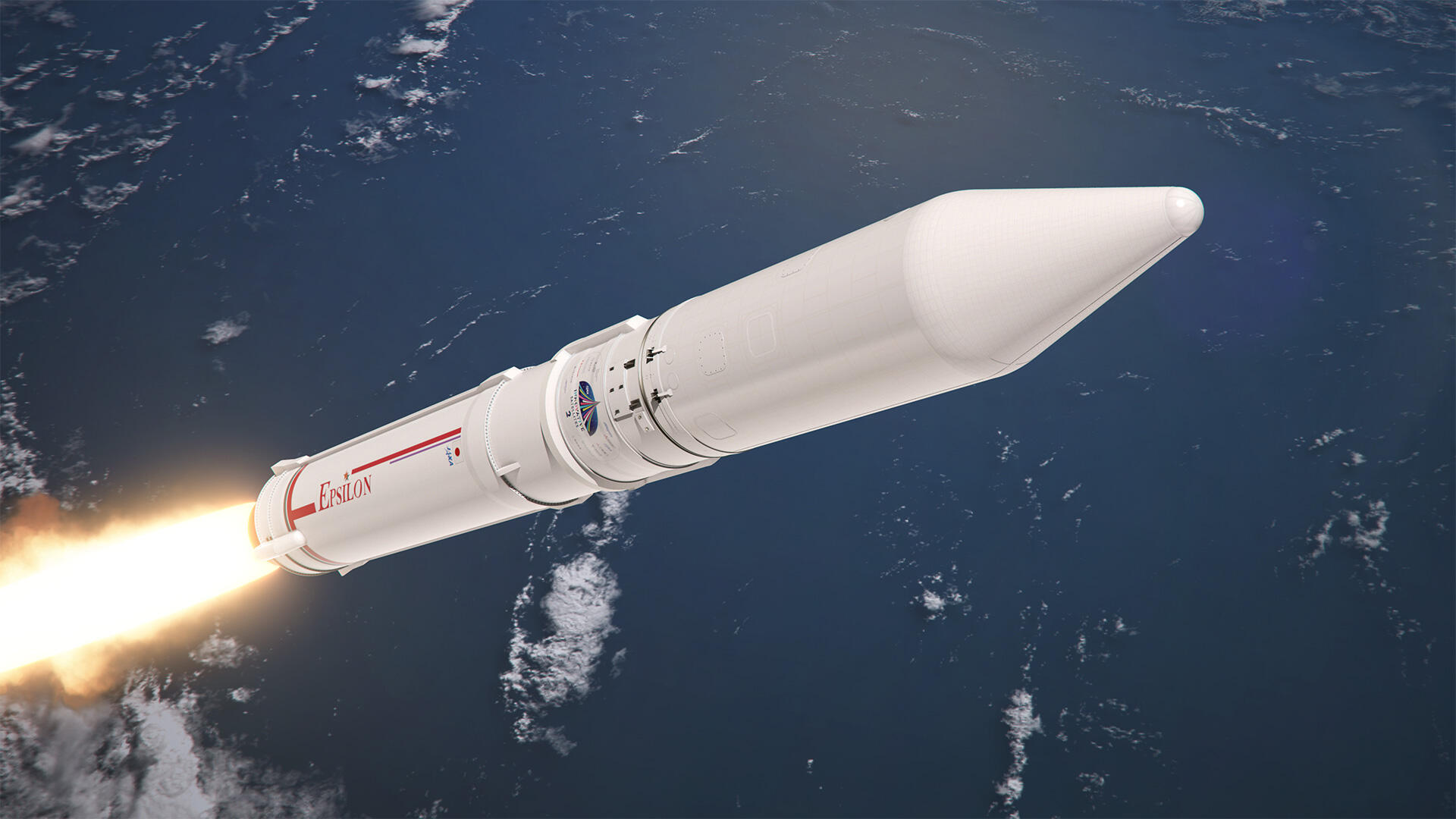
Space Transportation Technology Directorate

Carrying Innovative Satellite Technology Demonstration-2 into Space
The Epsilon Launch Vehicle
Now and in the Future
Epsilon-5 Launch Vehicle will finally be taking off with Innovative Satellite Technology Demonstration-2 onboard (*Epsilon-5 successfully launched on November 9, 2021).
We asked Project Manager IMOTO Takayuki about Epsilon-5's mission, Epsilon's future, and launch vehicle management.
Epsilon-5's few progress is itself a sign of progress
The Epsilon Launch Vehicle (hereinafter simply referred to as "Epsilon") has enjoyed a string of successful launches from the first demonstration flight in 2013 to Epsilon-4 in 2019. We are now on the verge of launching Epsilon-5 (*which successfully launched on November 9, 2021).
Epsilon-5's mission is to place the Innovative Satellite Technology Demonstration-2 into their respective orbits. Progress has been achieved with each previous Epsilon launch, but Epsilon-5 features few "centerpiece" advances. As Project Manager IMOTO Takayuki points out, however, "this is precisely what Epsilon was aiming for."

"A few progress is itself a sign of progress. To achieve a reliable launch vehicle, we need to continue building the same thing over and over, that is, we need stability. Epsilon has finally reached that level. This is a key point for a mainstay rocket (that will serve Japan as a necessary means of transport into space).

Launch of Epsilon-4
In Epsilon's case, for example, enhancements on the first three flights and the launch of multiple satellites on the fourth flight marked major milestones in the launch vehicle's development. We are now at the stage of improving stability toward the next big milestone."
Once stability has been achieved, future launch frequency is expected to increase.
"Epsilon's mission is to deliver customers' satellites to their predetermined orbits. I believe that increasing Epsilon's reliability will enable us to make more and more use of it."
Remote morning and evening meetings started with COVID-19
A major issue other than technical challenges confronted Epsilon-5's developers: the COVID-19 pandemic.
"We introduced remote work because we had to continue designing and manufacturing launch vehicles even as we pursued infection control measures. As with any job, there are many people involved in launch vehicle development. I found it very difficult to keep things moving forward via remote work because having to work individually means that communications are disrupted more than usual."
To turn this disadvantage into an advantage, IMOTO began conducting 10-minute remote morning and evening meetings for the entire team.
"We try to communicate with the whole team on what to do that day, what results we achieved that day, and what we should do next, and we still hold these meetings now. Overall, I feel that we are sharing information even better than we were before the pandemic. Individual judgment becomes even more important with remote work. Previously I could consult right away with other members nearby, but I cannot physically do that now. This is why I make a point of having them call each other up remotely whenever necessary, and we have managed to bridge this gap."
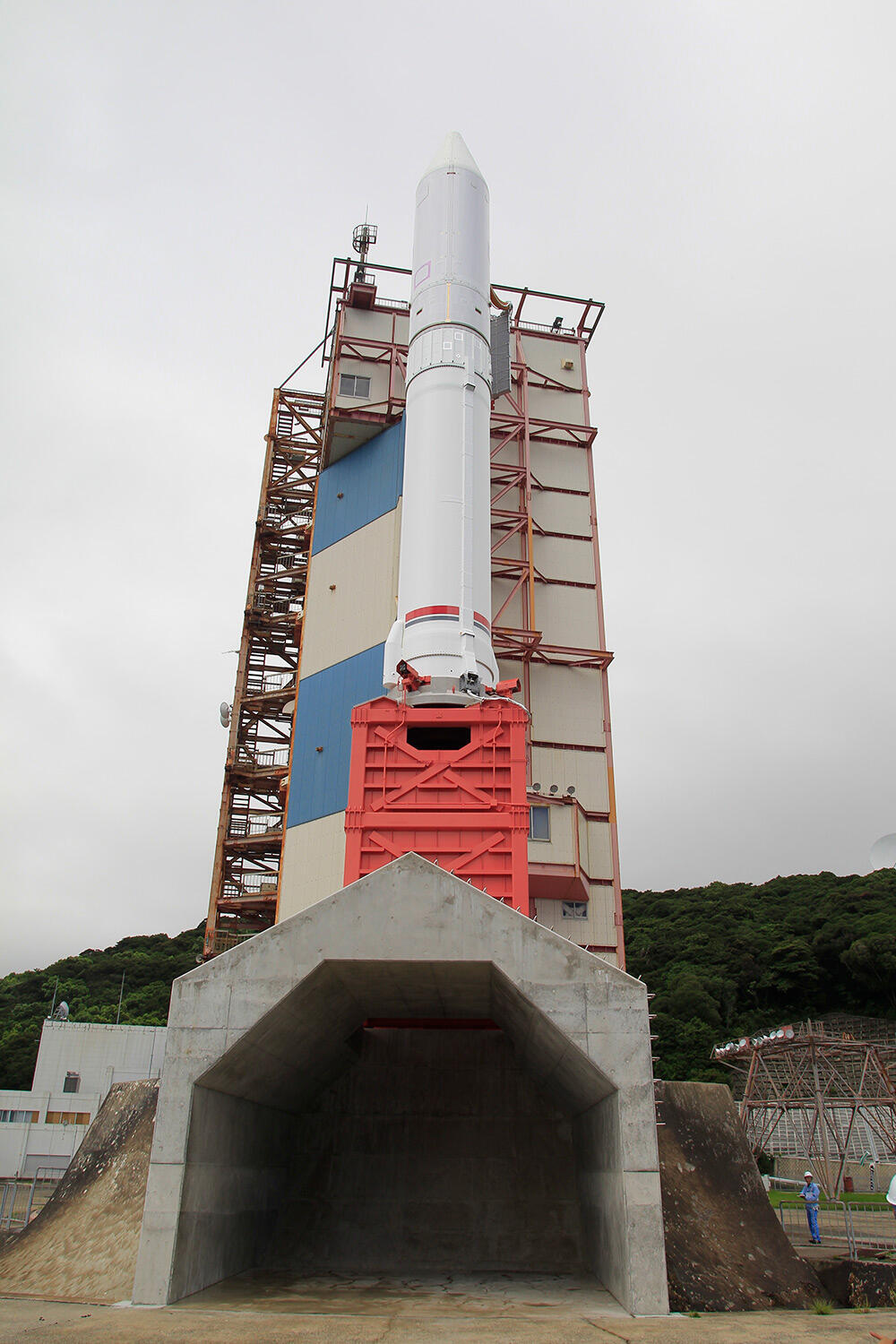
Epsilon-S aimed at blazing a new path for space transport
Epsilon-S is being developed in parallel with Epsilon-5 as the next major advancement. One of the features of the "Epsilon-S Launch Vehicle Project" launched in March of last year is that it shares technology with the H3 Launch Vehicle. According to IMOTO, "we can enhance our international competitiveness if we can demonstrate synergistic effects with the H3 Launch Vehicle."
"Another feature is the transfer of certain responsibilities to the private sector, meaning that we can utilize the private sector in those areas in which it excels while infusing JAXA's experience and knowledge into the project. For example, cutting costs is an issue we are currently grappling with, and we may be able to lower prices by applying some ingenuity to manufacturing when still using the same design. I think this kind of tag-team partnership with the private sector will bring about a positive future for launch vehicle development."
Current trends in satellite launches are said to point to a future bipolarization of satellites into much larger and much smaller satellites.
"Innovative Satellite Technology Demonstration-2 will also be equipped with CubeSats developed with the aid of technical colleges. Perhaps a satellite developed by a junior high school student will make its appearance someday. We would like to deliver more and more of the satellites to be developed in future by adapting Epsilon-S to this miniaturization trend."

Important aspects of project management
Asked what aspect of management he gave particular focus while serving as project manager for the past four years, IMOTO replied "keeping motivation high."
"Launch vehicle development is extremely difficult. We must carry out sophisticated tasks while understaffed, and unsurprisingly we need highly skilled individuals. Thus I regard keeping motivation high as the most important aspect. Project members need to be proud and passionate about being involved in Epsilon's development, and I believe being firmly convinced that Epsilon is a good launch vehicle and that we can make it even better will boost motivation."
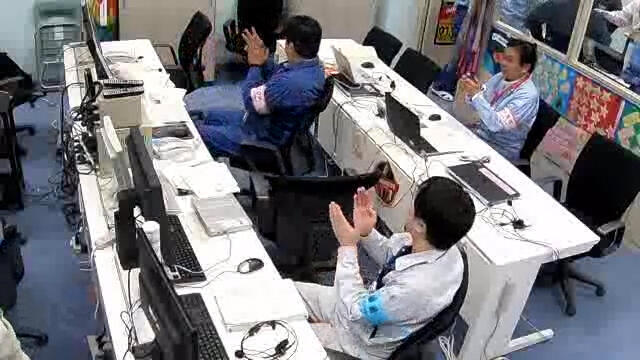
Scene in the control room at the successful launch of Epsilon-4
He added, "I'm very tired both physically and mentally, but the joy of a successful launch is tremendous, and the thrill that I get is beyond description. I want young developers to enjoy this same experience."
IMOTO noted that he had in fact behaved as a project manager even when he was a sub-manager. "Apart from whether I actually held that position, I was thinking that I should work with the mindset of a project manager and always do that level of work", he recalled. The level he demands of team members rises accordingly because he understands the difficulty of launch vehicle development better than anyone else.
"Only when everyone does a good job can we put a launch vehicle in flight. The process may be tiring, but I want team members to always be aiming higher in their work. This is good for the team and consequently will be good for the team members themselves."
What do you always keep foremost in mind as head of the project?
"People have their own definitions of common sense. When dealing with people, I first try to figure out what they take for granted and how they think about things. It's the same when dealing with companies, as I can attest from quite a few painful experiences (laughs). When I think about why a particular gap in understanding has arisen, I naturally find it's because our common sense differs from the outset. Choosing communication that suits various sets of values and that others find acceptable is what is important in society, isn't it?"
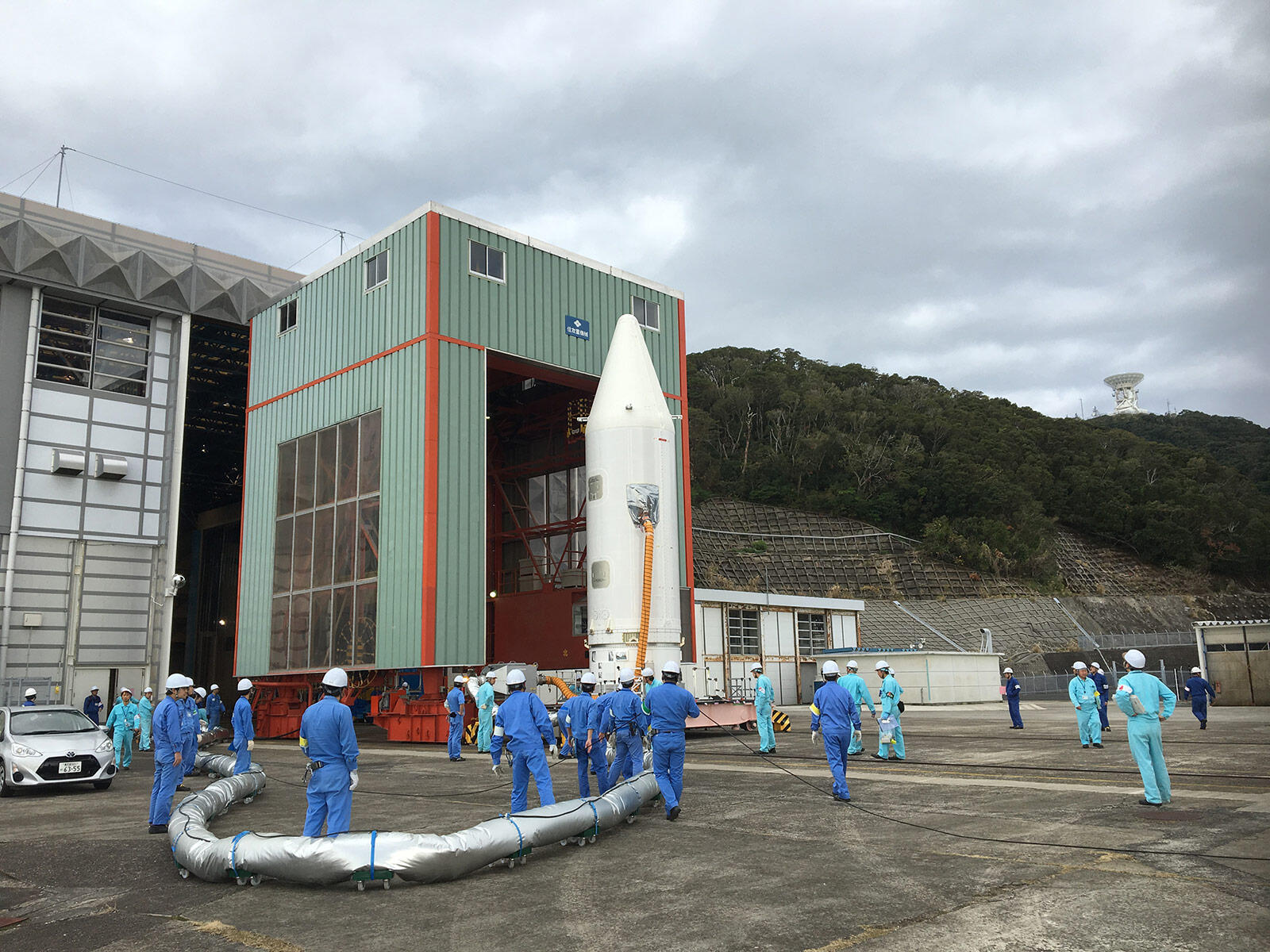
What is the ultimate launch vehicle?
When he was an elementary school student, IMOTO was encouraged down the path of space development by the "Star Wars" film series and the "Space Battleship Yamato" anime series, so we asked him if his feelings had changed after starting to work in the aerospace field for real.
"Back then, I was interested in the world of space transcending the level of the Earth, but now my feelings are more Earth-oriented. I am involved in space development to help improve everyday life. Since life on Earth forms the basis for that, I have recently been giving serious thought to protecting and cherishing the Earth."
The final topic we discussed was the ultimate launch vehicle that IMOTO, who has been involved in rocket development for many years, is seeking to build: "Taking it to the extreme, the ultimate would be traveling to space without a rocket (laughs). Today's launch vehicles are high-performance and complex, and I would like to make them simpler. I want to make rockets reusable multiple times so that more and more launches can be made. My vision for a launch vehicle would be to make it analogous to an airplane."
The extent of people participating in the space business is much greater than it used to be and it should expand even further in future, in part due to the high number of people interested in space. Messages of support from such people are placed onboard every Epsilon flight, and this support truly helps. I hope the launch of Epsilon-5 will make still more people interested in space."

©JAXA / JOE NISHIZAWA
Profile
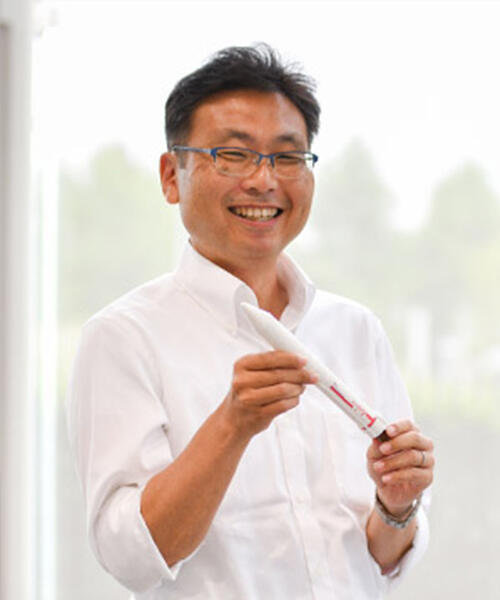
|
|
|---|
All the images are copyrighted ©JAXA unless otherwise noticed.
- Home>
- Global Activity>
- Public Relations>
- JAXA’s>
- JAXA's No.85>
- The Epsilon Launch Vehicle Now and in the Future